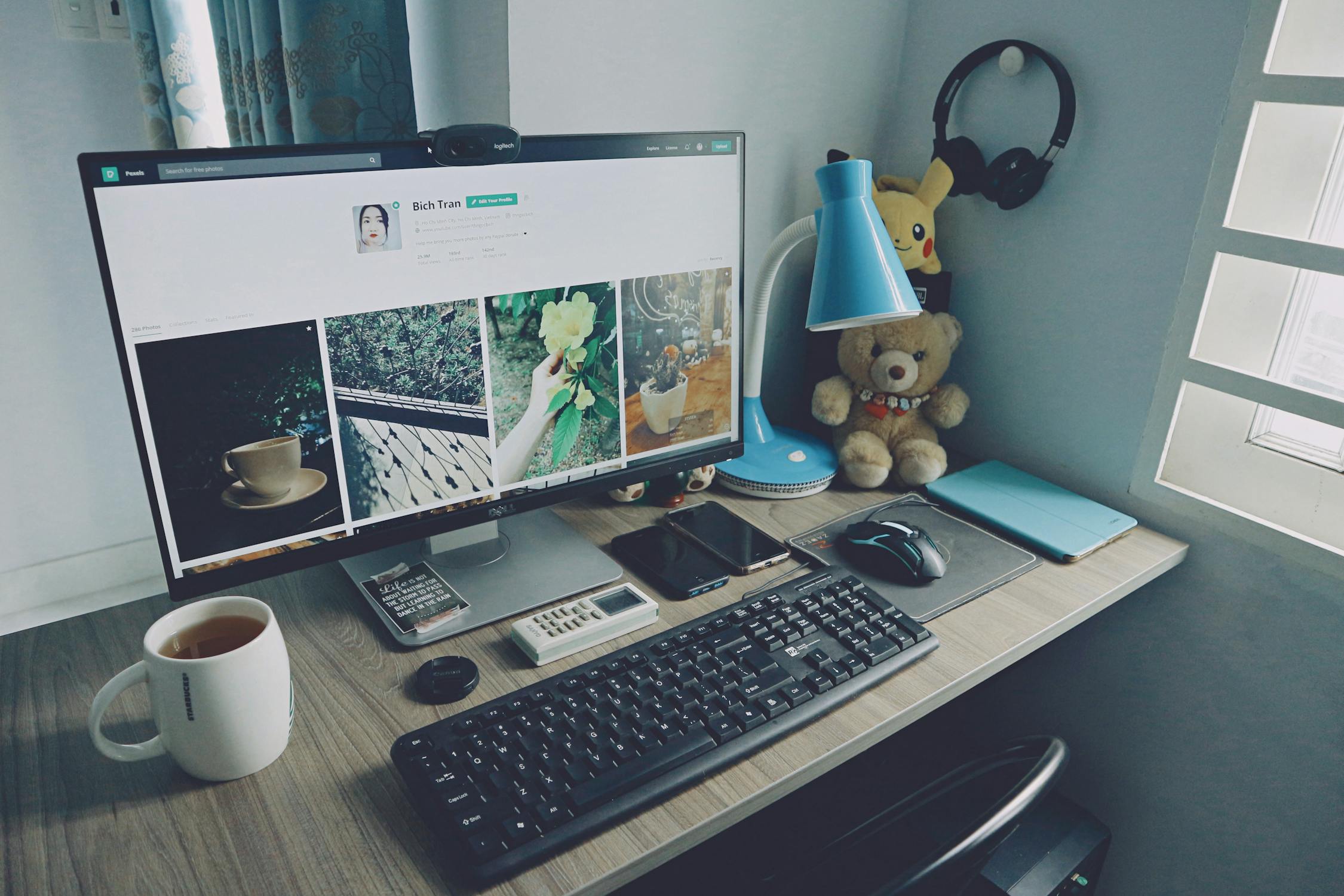Image Optimization Tips for Superior On-Page SEO Performance
Image optimization plays a vital role in enhancing on-page SEO performance. While many focus on content and keywords, images are often overlooked despite their significant impact on website loading speed, user experience, and search engine rankings. Well-optimized images enhance loading speeds, boost website accessibility, and foster greater user interaction. This is especially crucial when considering how users today interact with web content, favoring faster, visually appealing pages.

There are several techniques that can help improve image optimization for SEO purposes. These include selecting the appropriate file type and making sure your images are effectively compressed while maintaining their quality. Image optimization also involves adding descriptive alt text, appropriate image dimensions, and leveraging tools that can automate the process to some extent. Following these steps helps search engines better understand your content while keeping users engaged with smooth browsing experiences.
1. Choose the Right File Format
The first step in optimizing images for on-page SEO is choosing the most appropriate file format. The most common formats are JPEG, PNG, and WebP. JPEGs are typically preferred for photographs and images with lots of colors because they provide good quality at relatively smaller file sizes. PNGs, on the other hand, work best for images with transparency or simpler graphics as they preserve high quality but result in larger files. WebP is increasingly becoming popular due to its ability to deliver high-quality images at even smaller sizes than both JPEG and PNG formats.
Choosing the wrong format can result in unnecessarily large files, which can slow down your website. To determine the most suitable format for a specific image, resources such as Squoosh enable you to evaluate various formats and compression settings side by side prior to uploading an image to your website.
2. Compress Images Without Sacrificing Quality
File size is one of the biggest factors affecting page load speed, which is crucial for both user experience and SEO rankings. Large image files take longer to load, leading to higher bounce rates and lower rankings. Compressing images reduces their size without drastically reducing quality.
There are two types of compression: lossless and lossy. Lossless compression reduces file size without any loss in image quality, while lossy compression sacrifices some quality for more significant reductions in size. Instruments such as TinyPNG or ImageOptim are excellent for compressing images effectively.
- Lossless Compression: Maintains image quality but achieves smaller file size reductions.
- Lossy Compression: Reduces file size significantly but may slightly degrade quality.
3. Add Descriptive Alt Text
Alt text serves multiple purposes, it improves accessibility for visually impaired users using screen readers and also helps search engines understand what an image represents. Adding clear, concise descriptions using relevant keywords can positively impact your site's SEO.
Avoid keyword stuffing in alt text as this can lead to penalties from search engines like Google. Instead, focus on creating a brief yet accurate description of the image content that aligns with the surrounding text context.
4. Resize Images for Optimal Load Times
An often overlooked aspect of image optimization is resizing them to fit the dimensions needed on a webpage. Uploading images that are too large for their display space wastes bandwidth and slows down load times unnecessarily.
If a page only requires an image to be 800 pixels wide but you upload a 2000-pixel-wide version of it, you're adding unnecessary weight to the page without improving the user experience or image clarity. Resizing applications such as Adobe Photoshop or various web-based options like ResizeImage.net make it easy to adjust dimensions before uploading images to your website.
5. Use Lazy Loading and Caching
"Lazy loading" refers to a technique where images are only loaded when they become visible within the user's viewport, rather than all at once when the page initially loads. This greatly enhances the speed at which pages load initially by minimizing the quantity of resources that are processed at the start.
Caching saves replicas of your web pages, along with images, on users' devices following their initial visit. This process accelerates subsequent visits by reducing the necessity to download all resources anew each time they return to your site. Implementing lazy loading through HTML attributes or plugins (such as WP Rocket) alongside proper caching techniques can enhance overall site performance.
Optimizing your website’s images is crucial for improving both user experience and search engine rankings. Choosing the appropriate file format, such as JPEG or WebP, optimizing files to maintain quality, incorporating precise alt text, resizing images effectively, and implementing methods like lazy loading and caching can significantly improve page loading speeds while making your content accessible to every user.